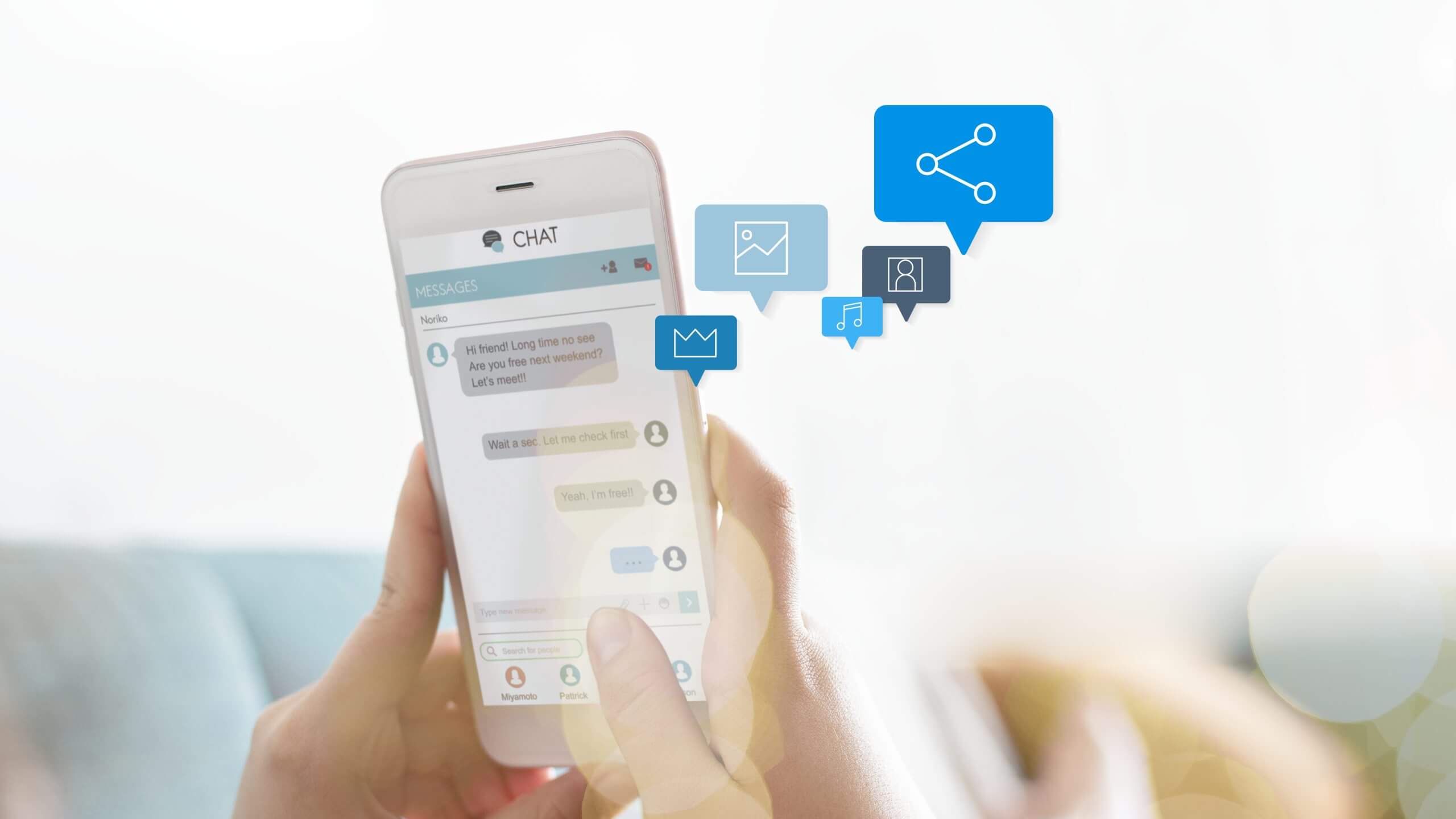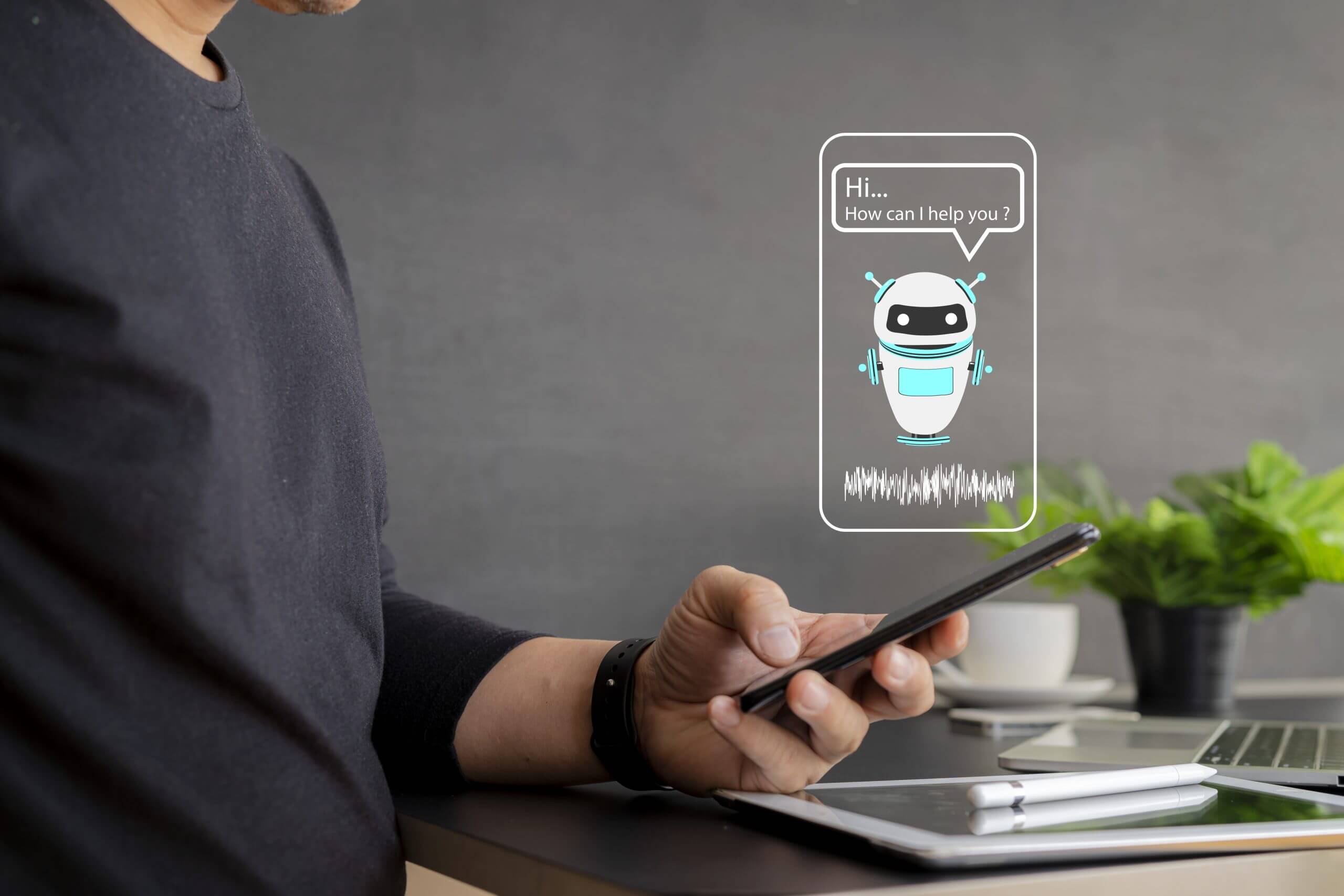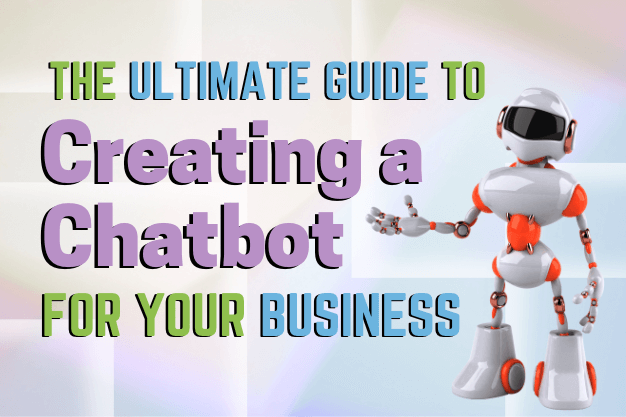In the ever-evolving digital landscape, the chatbot has emerged as a powerful ally for local businesses. These AI-powered assistants not only enhance customer experiences by providing instant support and tailored solutions but also offer cost-effective alternatives to traditional customer service methods. By automating routine tasks and streamlining communication, chatbots empower businesses to operate more efficiently and focus on what truly matters – building lasting relationships with customers and fostering growth.
In this guide, we’ll share inspiring real-life examples of chatbots in action across various industries, demonstrating their versatility and the immense value they can bring to your operations. Plus, we’ll provide actionable strategies and practical tips to guide you through the process of selecting, implementing, and optimizing chatbots to best suit your business needs.
So, buckle up and prepare to embark on a transformative journey that will reshape the way you conduct business, engage with customers, and drive success. It’s time to embrace the future and make chatbots an integral part of your growth strategy!
Chatbots in Action: Real-Life Examples
To understand the impact of chatbots on local businesses, let’s explore some success stories:
a) A local pizzeria implemented a chatbot on its Facebook page, enabling customers to place orders directly through Messenger. The chatbot upsold additional items like drinks and desserts, leading to a 25% increase in average order value. Moreover, the chatbot’s ability to handle multiple orders simultaneously and provide instant responses improved customer satisfaction and loyalty.
b) A personal trainer used a chatbot on her website to answer frequently asked questions, book classes, and collect leads. By automating these tasks, she saved time and resources, allowing her & her staff to focus on delivering exceptional in-person workout experiences. The chatbot also helped increase class bookings by 20% and boosted lead generation by 35%.
c) A local dental practice integrated a chatbot into its website to schedule appointments, provide dental care tips, and offer personalized treatment recommendations. The chatbot not only improved patient engagement but also reduced no-shows and last-minute cancellations by sending automated appointment reminders.
d) A local chiropractic clinic utilized a chatbot on its website to provide general information about chiropractic care, answer common questions about treatments, and help users schedule appointments. The chatbot also offered a brief self-assessment questionnaire to help potential patients determine if chiropractic care might be suitable for them. As a result, the clinic saw a 30% increase in new patient bookings and enhanced patient education about the services offered.

e) An accounting service introduced a chatbot on its website to assist clients with basic tax-related inquiries, offer personalized financial tips, and streamline the process of booking consultations. The chatbot’s ability to provide instant answers to common questions reduced the burden on the accounting firm’s customer support team, allowing them to focus on more complex client issues. Furthermore, the chatbot helped increase the firm’s consultation bookings by 18% and improved client satisfaction with timely, accurate information.
f) A local spa implemented a chatbot on its website to showcase various spa services, answer frequently asked questions about treatments, and facilitate appointment bookings. The chatbot also provided personalized recommendations based on the user’s preferences and needs. This user-friendly approach led to a 22% increase in appointment bookings and a more streamlined booking process, ultimately enhancing the overall customer experience.
g) A hair salon integrated a chatbot into its website and social media channels, allowing clients to browse available services, view stylists’ portfolios, and book appointments. The chatbot also offered a virtual consultation feature, where users could upload a photo and receive personalized hairstyle suggestions based on their face shape and preferences. This innovative approach boosted appointment bookings by 28% and increased user engagement, as clients appreciated the personalized attention and tailored recommendations.
h) A tattoo removal clinic adopted a chatbot on its website to provide information about the tattoo removal process, answer frequently asked questions, and schedule consultations. The chatbot also featured an interactive tool where users could upload a photo of their tattoo, and it would generate an estimated cost and timeline for the removal process based on the tattoo’s size, colors, and complexity. This innovative approach increased consultation bookings by 32% and improved customer satisfaction by offering a user-friendly, personalized experience that helped set realistic expectations for the tattoo removal process.
i) A local landscaping service incorporated a chatbot on its website to provide information about the range of services offered, answer common questions about landscaping projects, and collect customer inquiries for quotes. The chatbot also featured a project estimation tool that allowed users to input their yard size and desired landscaping elements, generating a rough cost estimate based on the provided information. This convenient approach led to a 26% increase in quote requests and enabled the landscaping service to better manage customer expectations and streamline the initial consultation process.

Choosing the Right Chatbot Service
Selecting the perfect chatbot service for your local business is crucial for maximizing its potential. Here’s an overview of some popular chatbot platforms and their key features:
- ManyChat: ManyChat is a user-friendly platform specifically designed for Facebook Messenger. It offers visual drag-and-drop editing, making it easy for businesses to create and customize their chatbots. ManyChat is ideal for businesses looking to leverage the power of social media.
- MobileMonkey: MobileMonkey is a multi-channel chatbot platform supporting Facebook Messenger, SMS, and web chat. It provides advanced chatbot features like AI-driven dialogue, making it suitable for businesses seeking a comprehensive chatbot solution.
- Chatfuel: Chatfuel is another popular choice for creating chatbots for Facebook Messenger. It provides an easy-to-use interface, allowing users to create chatbots without any coding knowledge. Its robust analytics and integrations make it an excellent option for businesses focused on data-driven insights.
- Tars: Tars is a chatbot platform that allows businesses to create web-based chatbots with customizable templates. It’s a great option for businesses looking to integrate chatbots directly into their websites.
- Building from scratch: For businesses with technical expertise, building a custom chatbot from scratch using programming languages like Python or JavaScript offers complete control over the chatbot’s functionality and design. Several libraries and frameworks, such as Rasa or Microsoft Bot Framework, can facilitate this process.
Empowering Your Chatbot: Useful Tips & Tricks
To make your chatbot more effective, follow these tips and tricks:
- Set up a fallback response for when your chatbot doesn’t understand user input, and make sure to direct users to a human representative if needed. This ensures a seamless customer experience even when the chatbot encounters limitations.
- Continuously update your chatbot’s knowledge base to keep it relevant and helpful. Regularly evaluate customer interactions to identify new questions or concerns, and incorporate appropriate responses.
- Utilize rich media, such as images, videos, and GIFs, to make your chatbot more engaging and interactive. This can help convey information more effectively and create a visually appealing user experience.
- Create a conversational flow that guides users toward specific goals, such as scheduling an appointment, signing up for a newsletter, or completing a purchase. Design your chatbot to ask open-ended questions that encourage users to provide the information needed to achieve these goals.
- Personalize user interactions by addressing customers by name and tailoring responses based on their preferences. Encourage users to provide feedback on their chatbot interactions. This valuable information can help you identify areas for improvement and refine your chatbot’s performance over time.
- Segment your audience and create tailored chatbot experiences based on user behavior and preferences. This allows you to deliver more personalized and relevant content, ultimately improving customer satisfaction and loyalty.
- Promote your chatbot across multiple channels, such as your website, social media, and email marketing. This helps increase user awareness and encourages more people to interact with your chatbot.
- Make your chatbot’s language and tone consistent with your brand identity. This helps create a cohesive experience for users and reinforces your brand image.
- Integrate your chatbot with your CRM or marketing automation tools to streamline lead management and nurturing.
By learning from real-life examples, choosing the right chatbot service, and implementing actionable strategies, local businesses can harness the power of chatbots to streamline operations, improve customer experiences, and drive growth. As you embark on your chatbot journey, remember that success comes from continuous improvement and adaptation. Stay informed about chatbot trends and developments, and be prepared to evolve your chatbot strategy to meet the changing needs of your customers and your business.
With the knowledge and strategies provided in this ultimate guide, you’re now empowered to take action and integrate a chatbot into your local business. Whether you choose a pre-built platform or create a custom solution, your chatbot has the potential to become an invaluable asset that helps your business thrive in the competitive digital landscape. Don’t wait any longer—embrace the power of chatbots and elevate your local business to new heights.

